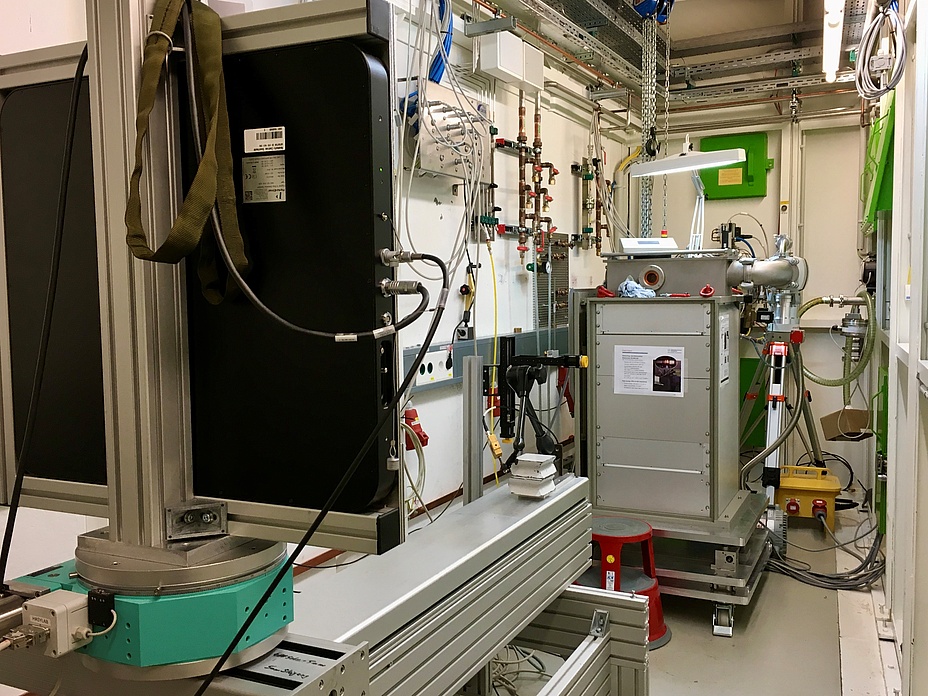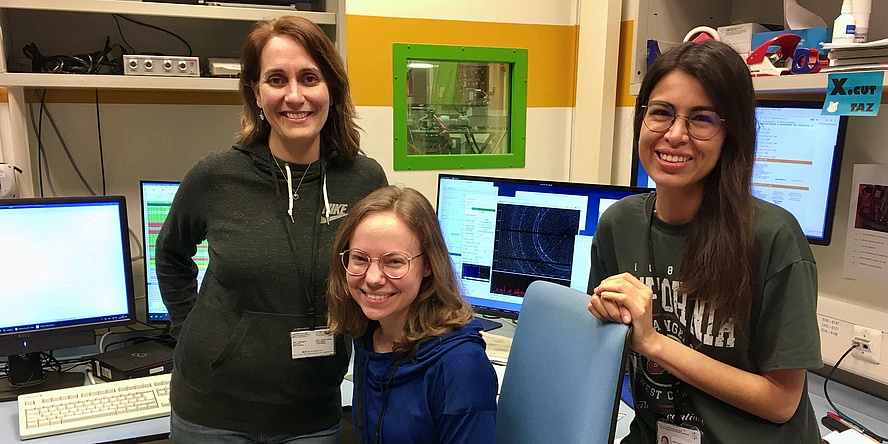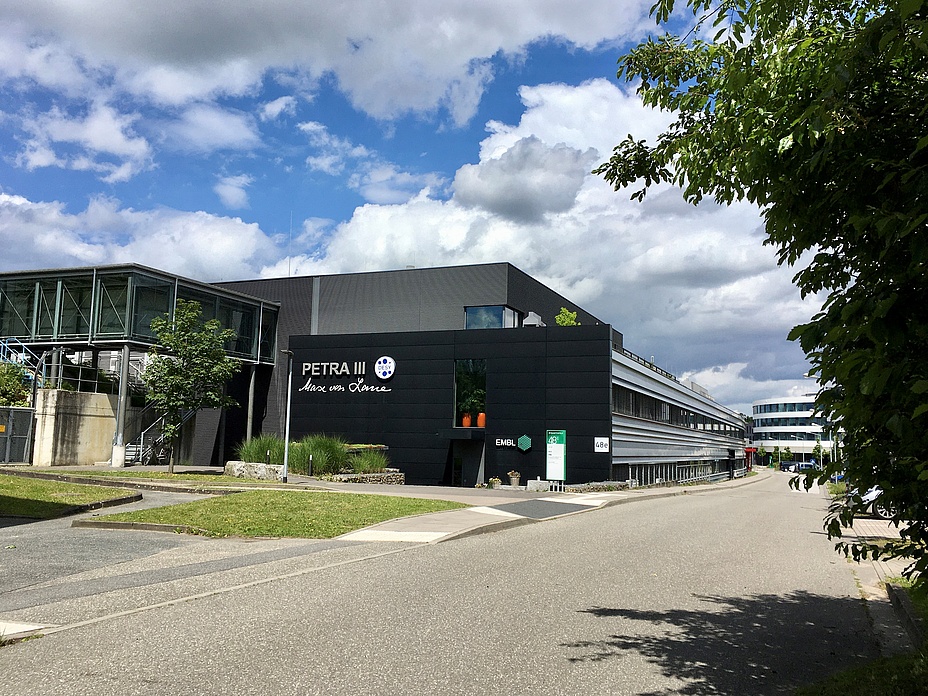Moin! (Greeting in Hamburg dialect)
At the beginning of June, I set off for Hamburg to spend three months studying and researching at the Helmholtz-Zentrum Hereon’s outstation at the Deutsche Elektronen-Synchrotron (DESY). In my habilitation, I am focusing on the microstructure development in lightweight and high-performance materials, in particular during processing and use. In order to describe and understand the underlying material science phenomena, I carry out experiments in which material samples are exposed to specific temperature profiles or mechanical loads, for example, while information about their innermost structure at the atomic level is continuously collected by means of diffraction and scattering experiments. To carry out such in-situ experiments with good statistics and time resolution, I need high-energy X-rays from synchrotron radiation sources.
During my stay in Hamburg, I will be conducting experiments at the Hereon Beamlines P07 (High Energy Materials Science Beamline) and P61A (White Beam Engineering Materials Science) at the PETRA III synchrotron radiation source together with colleagues from the Helmholtz-Zentrum Hereon. While I have been an occasional measuring guest at DESY over the last 11 years mainly working on phase transformations and the deformation behaviour of materials, I would like to use my longer stay this year to delve deeper into the world of residual stress characterisation and to gain experience both in carrying out the measurements and in evaluating the data.
In the meantime, I have already completed my first multi-day beamtime in 24/7 shift operation, and I was very happy about the visit from my colleagues from the Institute of Materials Science, Joining and Forming Technology (see photo) and the Zurich University of Applied Sciences associated with this.
This time I didn’t make it to the typical sights in the city centre, such as the Landungsbrücken with the Old Elbe Tunnel, the Speicherstadt or the Alster, partly because I admittedly wanted to avoid the unusually large crowds due to the European Football Championship. But I did treat myself to a few nice evenings on the small balcony in my accommodation on the 11th floor of a high-rise building, where I marvelled at the soaring Airbus Beluga models with a Franzbrötchen (a sweet cinnamon pastry) in my hand and enjoyed the late sunset with a view of the Elbe and the harbour.
Best regards from Hamburg,
Petra Spörk-Erdely (Institute of Materials Science, Joining and Forming)

Dilatometer measurement set-up on Beamline P07B. Dilatometers are precision instruments for measuring dimensional changes in materials as a function of temperature. Source: Peter Staron


